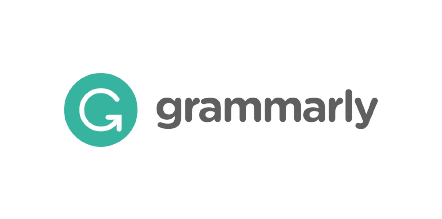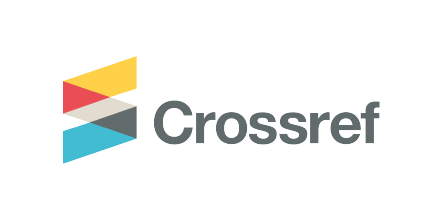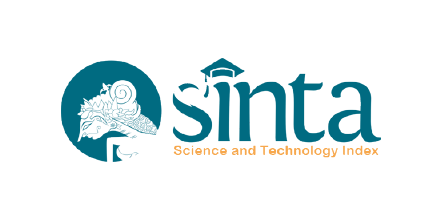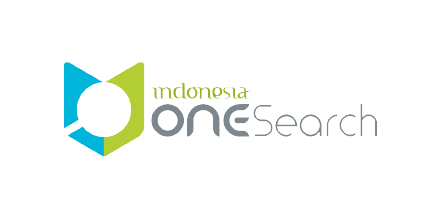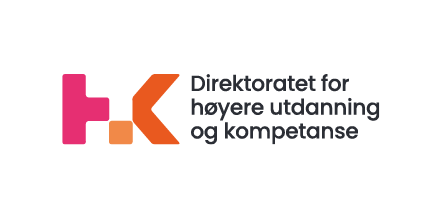An Assessment of the Health Literacy among Deaf People in Kapiri Mposhi District of Zambia
DOI:
https://doi.org/10.21776/ub.ijds.2019.006.02.1Keywords:
Deaf, Health Literacy, Sign LanguageAbstract
Health care is important to everyone and everyone should have equal access to health care. The literature available focuses mainly on high-income countries. It is therefore important to bear in mind that many Deaf people, especially in low and middle-income countries, are suffering from much greater health disparities. Deaf people rely on a visual language that does not have a written form. These individuals may lack proficiency in written English. Health literacy, as defined by the National Institutes of Health refers to how well a person can get the health information and services that they need, and how well they understand them. To assess the Health Literacy of Deaf people in Kapiri Mposhi District. This research was a qualitative study; it used a cross-sectional descriptive study design. Snowball sampling was done. The sample size was 15 participants. 10 Deaf individuals and 5 health care providers altogether. Interviews were conducted and manual transcription was used to analyse the data and translate it into themes. Deaf people in Kapiri Mposhi are not aware of issues pertaining to health and wellbeing. It appears that Deaf people, because of communication barriers faced, do not receive full disclosure of their medical situation and the alternatives are not discussed with them. Even when disclosure does occur, many Deaf people may not fully comprehend the options available to them because of communication difficulties with health care providers. This entails that the Deaf people in Kapiri Mposhi District have their health literacy extremely low.
References
National institutes of Health, (2010) U.S. Department of Health and Human Resource.
World Health Organization (1981). Global strategy for health for al1 by the year 2000 Geneva: WHO.
Richardson, K. (2014). Deaf culture: Competencies and best practices. The Nurse Practitioner.
Smith, C., Massey-Stokes, M., & Lieberth, A. (2012). Health information needs of Deaf adolescent females: A call to action. American Annals of the Deaf
Sadler GR, Huang JT, Padden CA, Elion L, Galey TA, Gunsauls DC, Brauer B (2001)
Bringing Health Care information to the Deaf Community. Journal of Cancer Education,16, pp.105-108.
National Institute on Deafness and Other Communication Disorders. (2016). Quick statistics about hearing.
Ebert DA and Heckerling PS (1995) Communication with Deaf patients: knowledge, beliefs and practices of physicians. Journal of the American Medical Association, 273(3), pp.227-229.
Harmer (1999). Health care delivery and Deaf people; Practice, problems and recommendations for change. Journal of Deaf studies and Deaf education.
Chiluba BC & Njapawu WG (2019). Barriers of Persons with Physical Disability over Accessibility and Mobility to Public Buidlings in Zambia. Indonesian Journal of Disability Studies (IJDS). 2019: Vol. 6 (1):PP 53-63.
Downloads
Published
How to Cite
Issue
Section
License
Copyright (c) 2019 Brian Chanda Chiluba, Mutale Chibo, Beatrice Mwaba Chiluba, Beverly Thole

This work is licensed under a Creative Commons Attribution-NonCommercial 4.0 International License.







